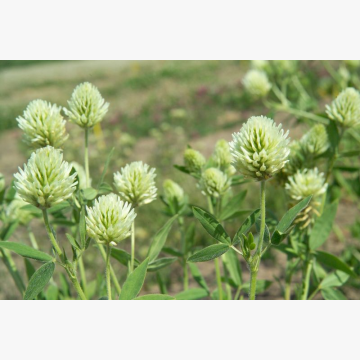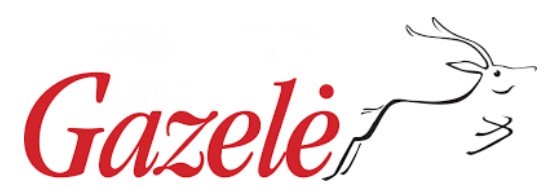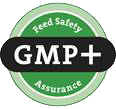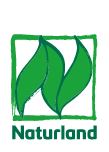- Home
- Seeds
- Catch/Cover crops
- Plants for catch/cover crops
- Berseem clover (annual) SACROMONTE
Category: Catch/Cover crops
FOR CONSULTATIONS APPLY TO:
Commercial director
Lina Smalskienė
tel. +370 618 02 551
e-mail linak@agrolitpa.lt
Sales manager
Tautvydas Kliučininkas
tel. +370 681 35 093
e-mail tautvydask@agrolitpa.lt
Sales manager
Eglė Petkevičienė
tel. +370 626 95 458
e-mail eglep@agrolitpa.lt
Sales manager
Kotryna Nakrošytė
tel.: +370 601 39 282
e-mail kotryna@agrolitpa.lt
Berseem clover (annual) SACROMONTE
Trifolium alexandrinum L.
An early berseem clover, suitable for pasture, fodder or green manure
- Fast growing in early stage
- Can grow up to 95 cm tall (at flowering)
- Regenerates well after cut
- High yields
- Good tolerance to stress, diseases and pests
- Can also be grazed or used as green manure
- In research in Sardinia in 2012, it was the most productive variety among those studied
- In well-irrigated soils, it is possible to obtain 4-5 harvests of green mass (in Italy), in dry soils – 2-3 cuts/grazing
- Tolerates low temperatures
- Resistant to powdery mildew
- Can produce a seed yield of 600-700 kg/ha
- Can produce 1300 kg/ha seed yield under good conditions
- •Clover seeds need good humidity and a temperature not lower than 8-9 degrees C for germination, under favourable conditions, the emergence of seedlings occurs in 3-4 days
- Low temperature slows down or stops the vegetative activity of young seedlings, so the leaves acquire a characteristic red colour
- A temperature of at least 8-10 degrees is required to start forming stems
- Flowering occurs at a temperature not lower than 18-20 degrees C and begins 120-150 days after sowing in autumn (in Italy) and only after 40-60 days when sowing in spring
- It takes about 90 days from germination to reach the 8th leaf
- If flowering begins 40-60 days after sowing, at a temperature of 18-20 degrees, the minimum temperature required for seed ripening is 25 °C.
- The time from flowering to seed maturity can take up to 50 days
- Yield of the 1st cut – 4.6 points
- Total yield – 4.4 points
- General view – 2.8 points
- Speed of crop establishment – 3.9 points
- Competitiveness – 5.1 points
- Persistence – 4.8 points
- Resistance to anthracnose – 3.8 points
- Dry matter content – 5.4 points
- Overall index – 5.24 points
The varietal parameters may differ from those indicated here when the testing circumstances differ from quondam
Recommended sowing rate: 12-15 kg/ha
Recommended sowing rate when growing for green manure: 15-20 kg/ha
UAB „Agrolitpa“
Keravos sreet. 17, Kerava,
LT-38 131 Panevėžys district, LITHUANIA
Enterprise's code 168598128
VAT code LT685981219
Tel. +370 615 11 315
E. mail info@agrolitpa.lt
Keravos sreet. 17, Kerava,
LT-38 131 Panevėžys district, LITHUANIA
Enterprise's code 168598128
VAT code LT685981219
Tel. +370 615 11 315
E. mail info@agrolitpa.lt




.JPG)


